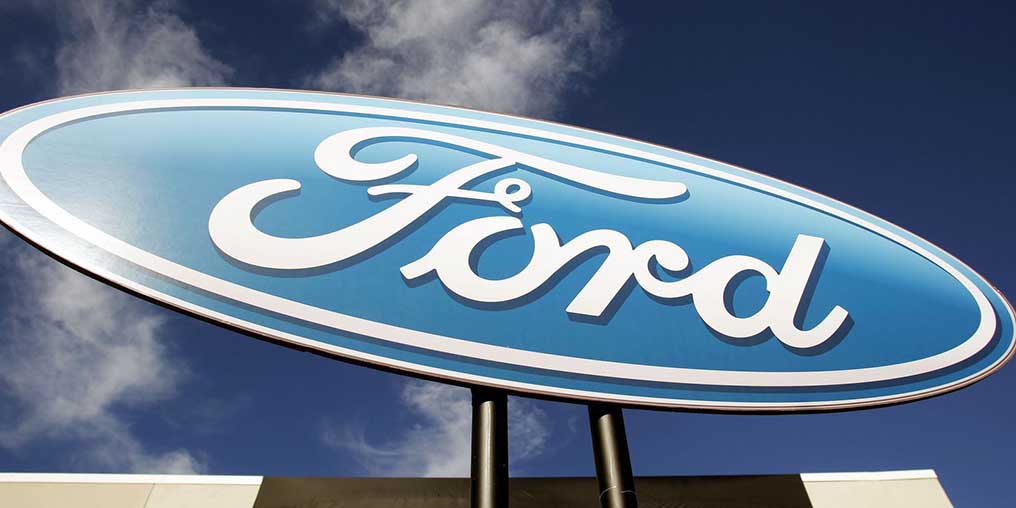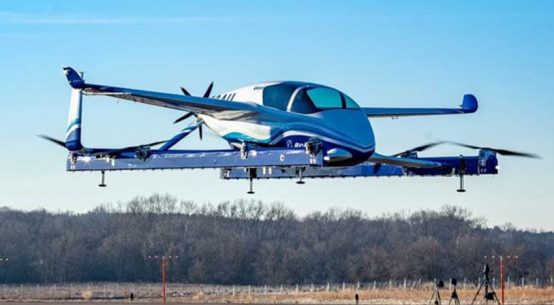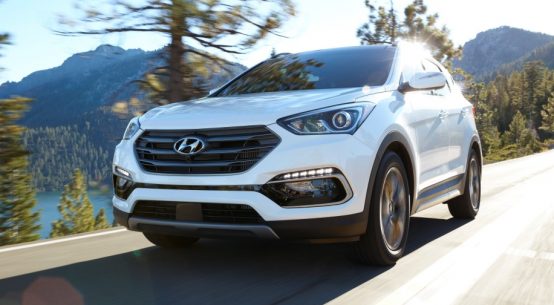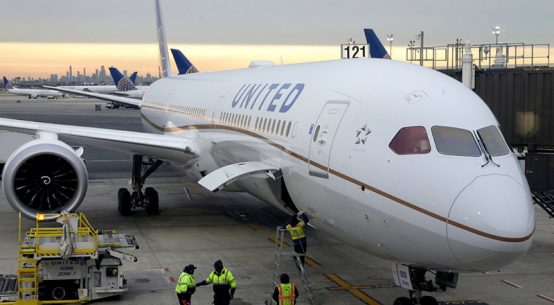
Detroit (Reuters) – Ford Motor Co on Tuesday estimated financial results for 2017 and 2018 that fell short of investor expectations, in a downbeat forecast that contrasted with a more positive outlook from rival automaker General Motors Co.
Ford Chief Financial Officer Bob Shanks told analysts at an investor conference in Detroit that higher costs for steel, aluminium and other metals, as well as currency volatility, could cost the company $1.6 billion in 2018. Cost-cutting actions are underway and will have the biggest impact “in 2020 and later,” Shanks said.
“We are not satisfied by our performance,” he said. “We are excited about our future.”
Ford’s president of global markets, Jim Farley, said the company’s business structure was “out of sync with our revenue,” and vowed to cut costs by sharply reducing the variants of high-volume Ford models and slashing marketing costs by $200 million a year.
Farley hinted at possible significant changes in the structure of Ford’s money-losing South American business.
”We are exploring every option you can imagine,” Farley told analysts and investors at a conference on the sidelines of the Detroit auto show.
To boost revenue, Farley said Ford would decrease its passenger-car models and develop more trucks and sport utility vehicles aiming at profitable niches such as rugged off-road models.
Ford shares dropped more than 2 percent in extended trading after the release of the forecast, but later recovered most of the losses. Ford said it would pay shareholders an extra dividend of $500 million, or 13 cents a share, for the first quarter.
Differing outlooks for 2018 from GM and Ford highlighted how the two largest U.S. automakers have been on diverging roads for the past year.
GM Chief Executive Mary Barra has led a dramatic overhaul of the No. 1 U.S. automaker, selling its unprofitable European operations, exiting troubled Asian markets and giving the green light to investments in self-driving vehicles and an expanded portfolio of electric vehicles.
GM projected 2018 results in line with the $6.00 to $6.50 a share adjusted earnings forecast for 2017 and promised higher profit in 2019. GM shares closed up slightly on Tuesday, after rising about 2 percent earlier in the day. GM shares are up 18 percent from a year ago.
Ford shares are up only about 4 percent from a year ago. In May, Ford’s board ousted Chief Executive Mark Fields and named Jim Hackett, who was known as a turnaround expert and had been leading Ford’s unit developing self-driving vehicles, to replace him. Hackett has promised to slash Ford’s product development costs by $14 billion and has launched reviews of the vehicle lineup.
Ford’s forecast reinforces Hackett’s warning to investors last fall that the cost-cutting and product strategy changes could take time.
For full-year 2017, Ford said adjusted earnings would be $1.78 per share, below analysts’ estimate of $1.83, according to Thomson Reuters I/B/E/S. For 2018, Ford expects adjusted earnings of $1.45 to $1.70 per share. Analysts on average expected earnings of $1.62.
In a nod to the importance investors are placing on alternatives to traditional auto manufacturing, Ford said it would start reporting separately the results of its investments in “mobility” businesses, such as self-driving delivery vehicles and ride services, and previewed a loss for those operations of $300 million for 2017.
Shanks said Ford’s mobility services business is a separate legal entity and reporting results gives the automaker “options down the road.” Some analysts have advocated that Ford create a separate class of shares to allow investors to put money into a technology-focused growth business.
For more Logistics News, Follow us on TWITTER Follow us on FACEBOOK
Ford’s highly profitable F-series large pickup franchise will face aggressive challenges from GM and Fiat Chrysler Automobiles NV, as those rivals crank up their own respective production of new generations of large pickups. GM’s new Chevrolet Silverado and Fiat Chrysler’s 2019 Ram are both designed to chop at the F-series’ lead as the best-selling vehicle line in the United States.









